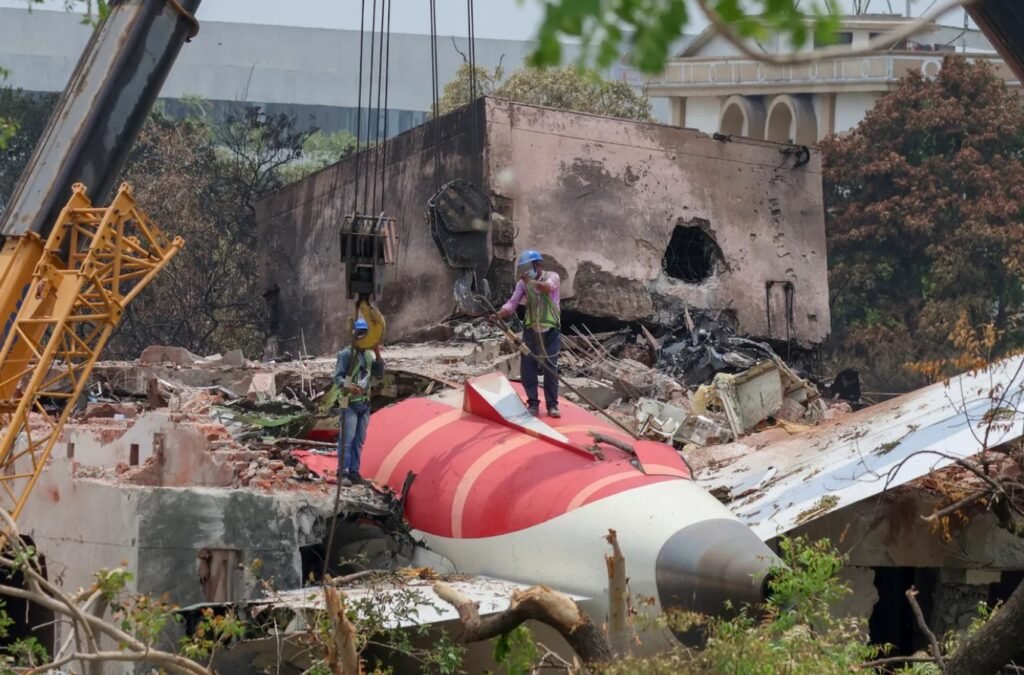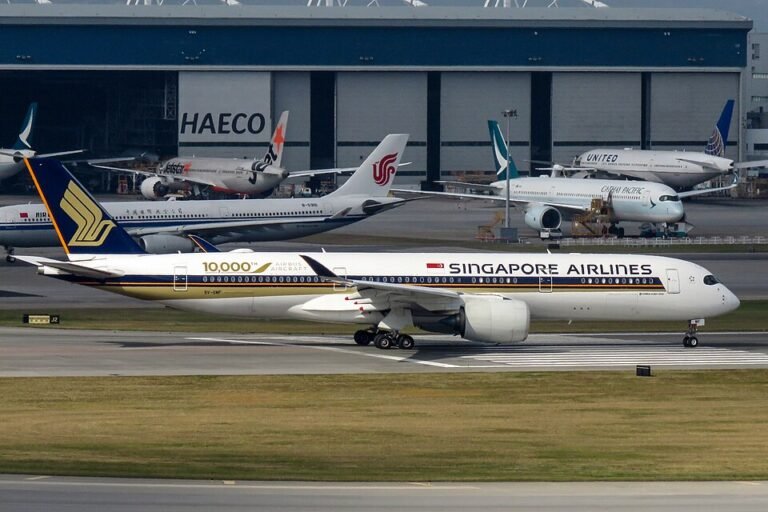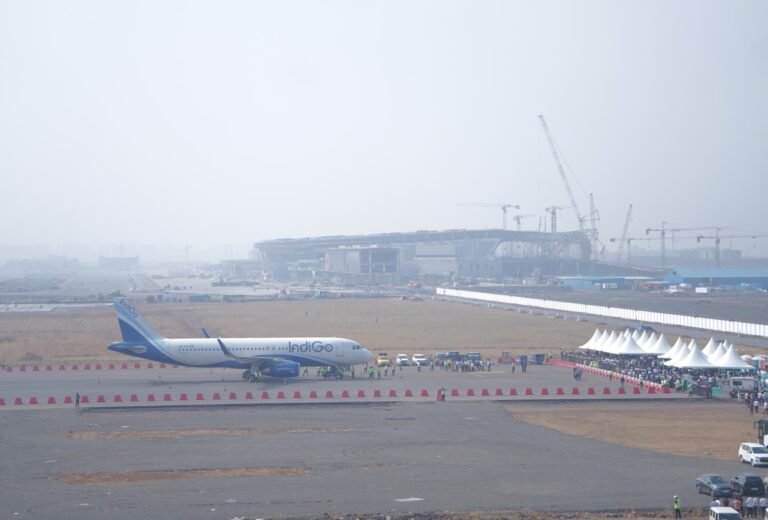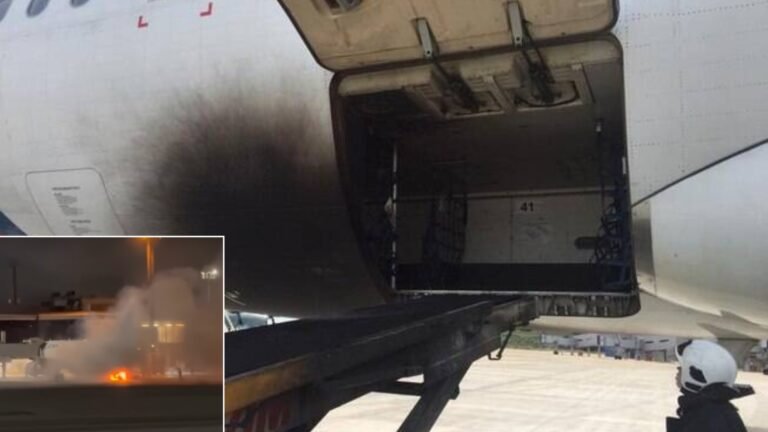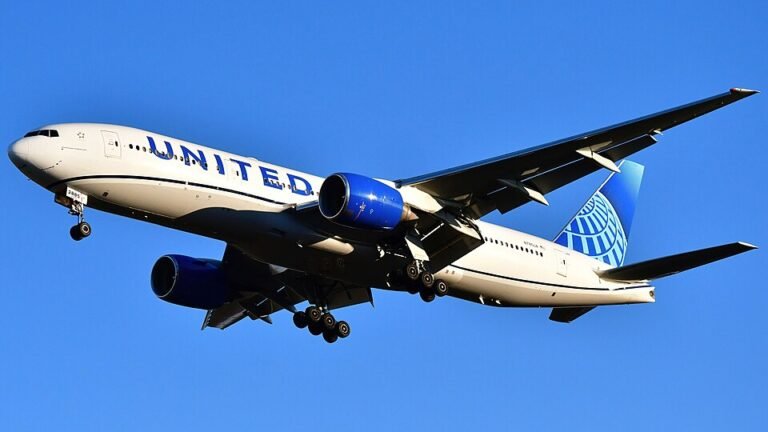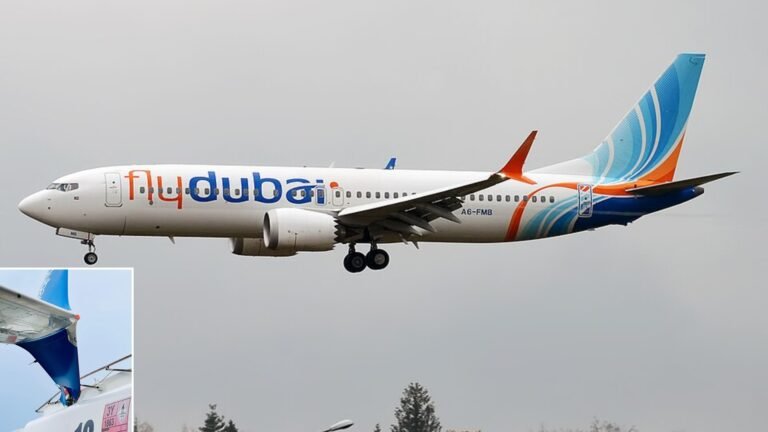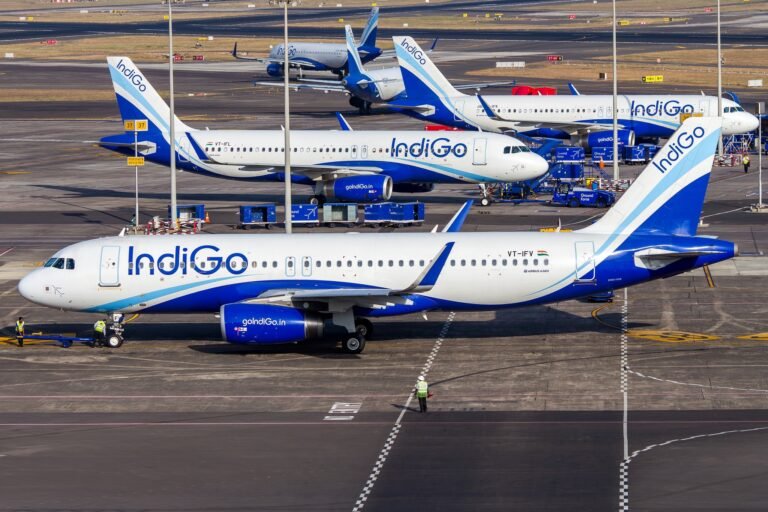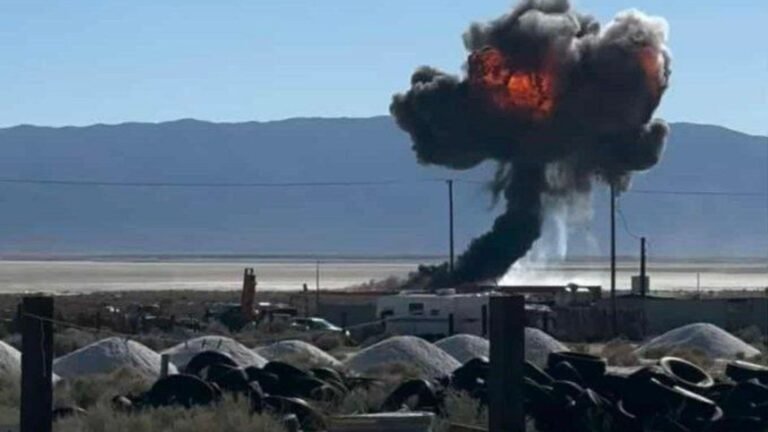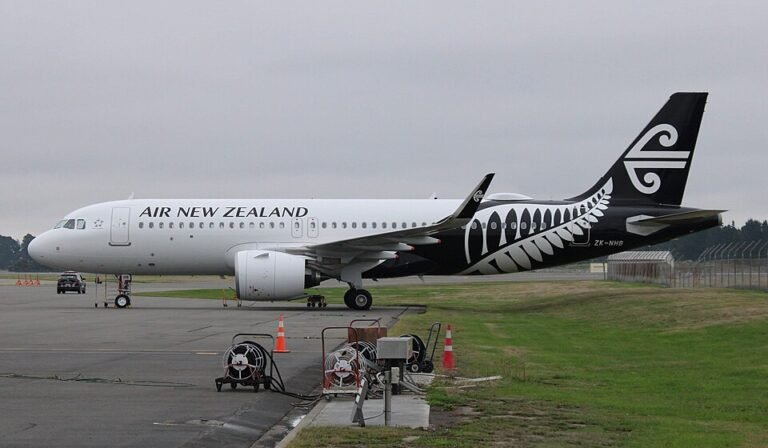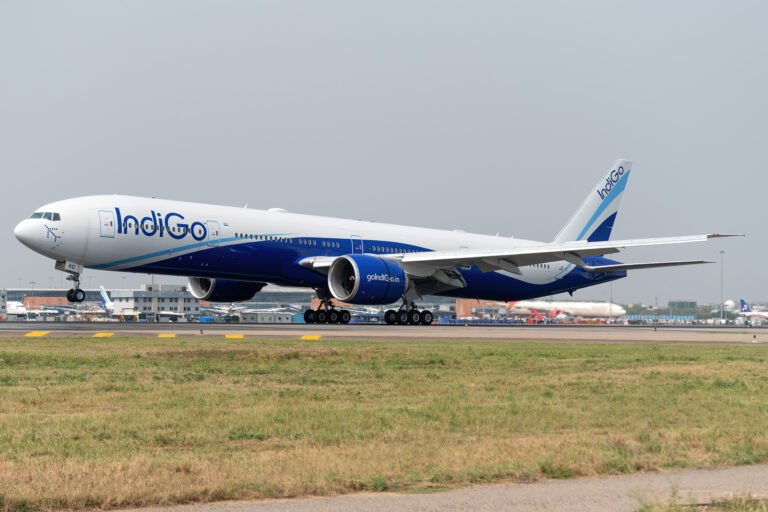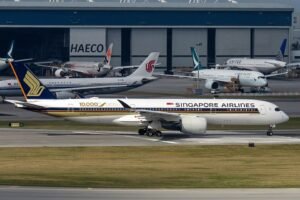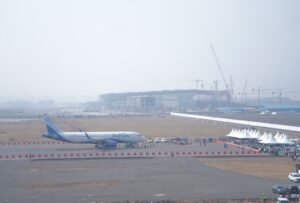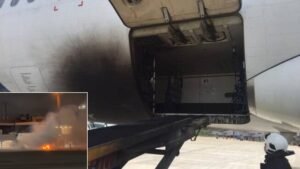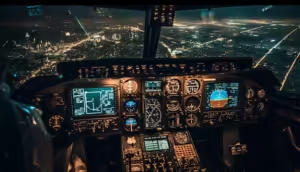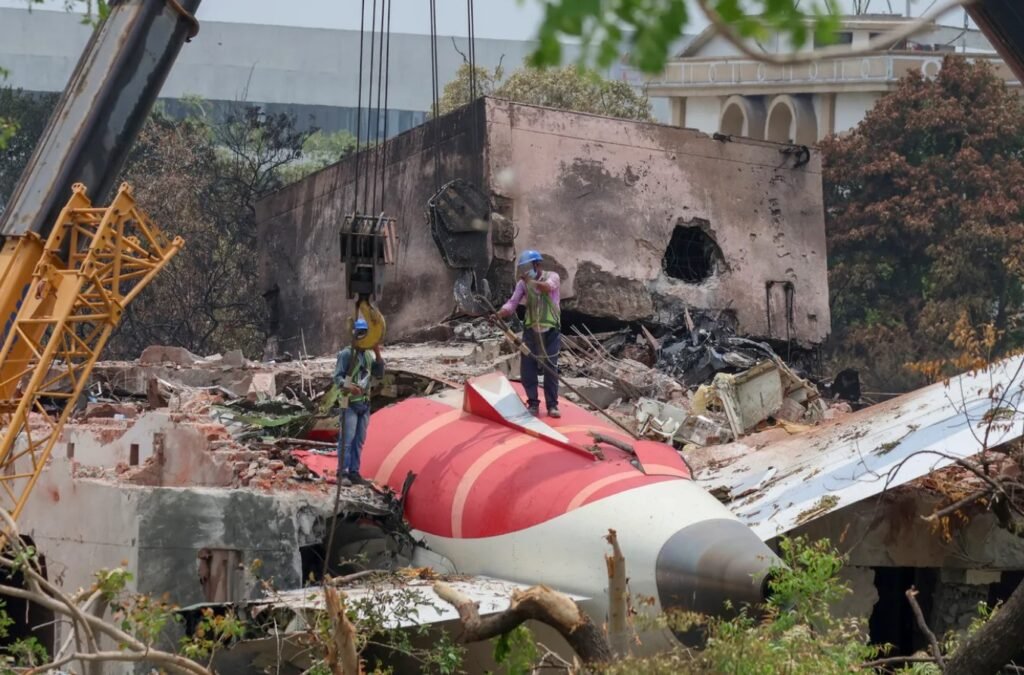
New Delhi, India: The investigation into the fatal crash of Air India Flight AI171 continues to develop, with new details emerging from international and domestic media sources. According to The Wall Street Journal and The Economic Times, investigators are examining the suspected activation of an emergency system on board the Boeing 787 Dreamliner, while damaged flight recorders may soon be sent overseas for forensic data recovery. However, official confirmation is still pending on both developments.
Emergency Power Unit May Have Activated Mid-Flight
In a report published by The Wall Street Journal, individuals familiar with the investigation have suggested that the aircraft’s Ram Air Turbine (RAT) may have deployed shortly after takeoff from Ahmedabad. The RAT is a backup power device designed to activate only in rare and serious situations such as dual engine failure or complete loss of hydraulic or electrical power.
If confirmed, the RAT deployment could indicate a critical systems failure during the early phase of flight. However, Indian investigators have not officially verified this detail, and it remains one of several technical leads currently being explored. The report adds that investigators are carefully analyzing available evidence to determine the aircraft’s condition before its sudden descent and crash.
Black Boxes Severely Damaged, May Be Sent to the US
A report by The Economic Times has revealed that both the Cockpit Voice Recorder (CVR) and Flight Data Recorder (FDR) retrieved from the crash site suffered severe fire damage, limiting Indian authorities’ ability to extract data locally. According to unnamed officials cited in the report, the Aircraft Accident Investigation Bureau (AAIB) is considering sending the recorders to the U.S. National Transportation Safety Board (NTSB) for specialized data recovery.
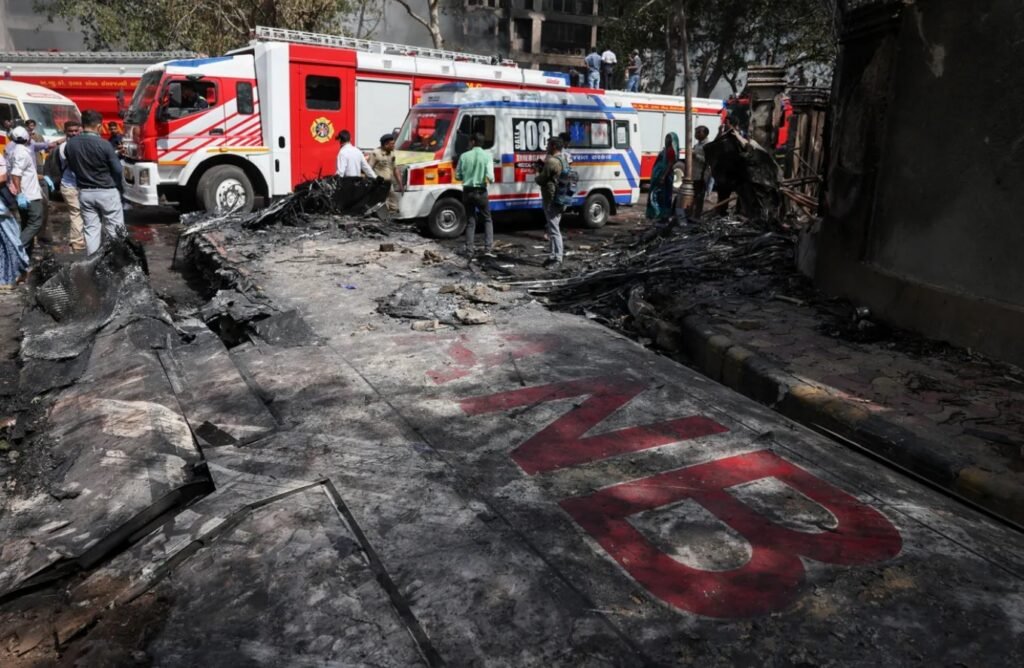
As of now, no formal announcement has been made regarding the transfer. If approved, the move would facilitate the recovery of essential cockpit audio and flight data that could help reconstruct the sequence of events leading up to the crash. The decision would be in line with international investigation protocols and would involve coordination with U.S. and U.K. safety agencies.
Inspections Completed, Flight Disruptions Ongoing
Following the crash, India’s aviation regulator, the Directorate General of Civil Aviation (DGCA), initiated a fleet-wide inspection of all Air India Boeing 787 aircraft. Inspections have been completed on 26 out of 33 aircraft, and no major safety issues were reported. The remaining aircraft are undergoing final checks.
Meanwhile, Air India has reduced international widebody operations by 15% through mid-July. The airline has cited a combination of reasons for the disruption, including the time required for inspections, logistical constraints, and ongoing global airspace challenges linked to conflict zones and regional restrictions. Over 80 international flights have been cancelled or rescheduled in recent days.
Investigation Remains Ongoing, No Official Cause Yet
The official cause of the crash has not been determined. The AAIB continues to lead the investigation with support from international agencies including the NTSB, UK Air Accidents Investigation Branch (AAIB), Boeing, and GE Aerospace. A preliminary report is expected within 30 days of the incident, while a comprehensive final report may take several months.
Authorities have urged the public and media to refrain from speculation until validated findings are released. While source-based reporting has brought attention to possible technical failures and challenges in data recovery, investigators have yet to issue any conclusive statements.

